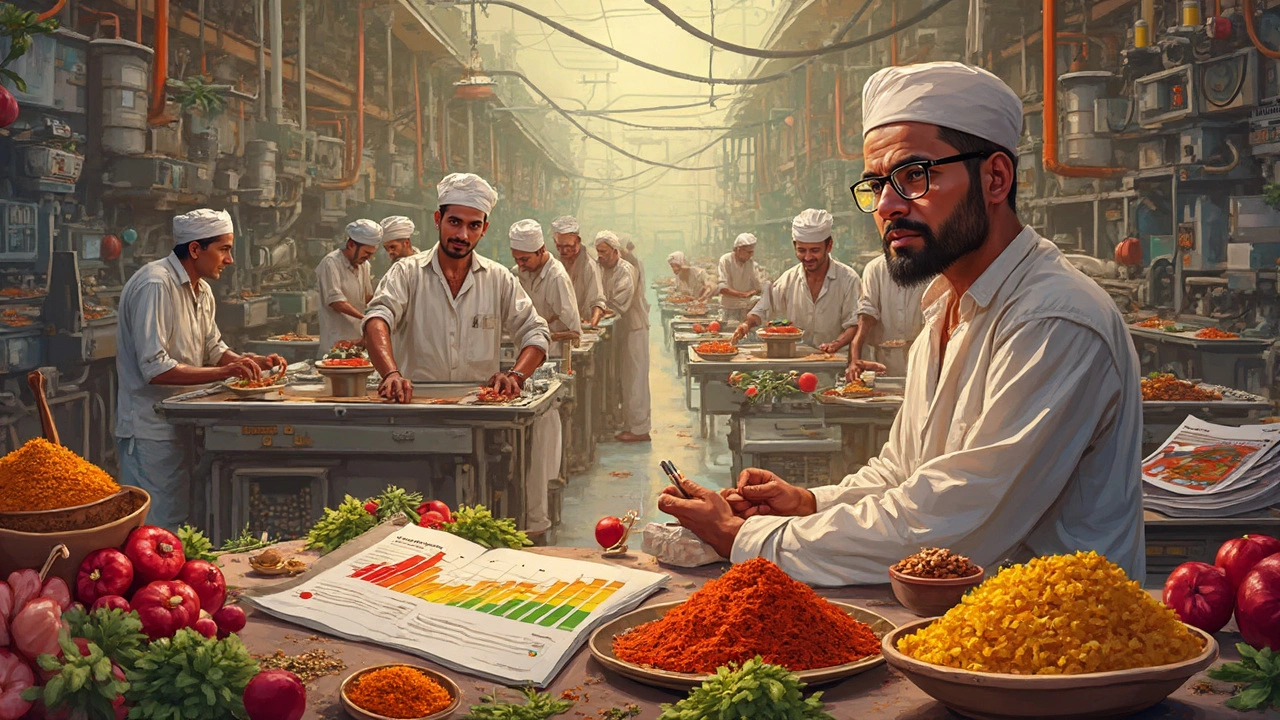Risks in Manufacturing: What’s Standing in Your Way?
Running a lift system or any factory gear isn’t just about machines and profit. Every day you face risks that can stall production, blow up costs, or even put people in danger. Knowing the most common threats is the first step to keeping things smooth.
Common Risks Across Sectors
From elevators to food processing lines, the same risk categories keep popping up. Supply‑chain disruptions are a big one – a delayed steel shipment can freeze a lift project for weeks. Safety incidents are another; a slip, a faulty brake, or an untrained operator can cause costly downtime and injuries. Regulatory changes also bite – new emission standards or lift certification rules mean you might have to redesign parts overnight.
Then there’s the environmental angle. Plastic components that take centuries to decompose are under fire, and customers expect greener alternatives. Chemical manufacturers face the risk of spills or compliance fines, while electronics makers worry about component shortages and rapid tech turnover.
All these risks share a pattern: they affect cost, schedule, and reputation. Ignoring any one of them can turn a small hiccup into a major setback.
How to Manage Risks Effectively
First, map out every step in your process. A visual flowchart helps you spot where a delay could snowball. For lift systems, that means tracking raw steel, machining, assembly, testing, and installation as separate checkpoints.
Second, give each checkpoint a risk score – low, medium, high – based on probability and impact. High‑score items, like a single‑source supplier for a critical component, deserve backup plans. Find alternative vendors or keep a safety stock to cushion supply shocks.
Third, train your crew on safety basics every quarter. Simple habits – wearing proper PPE, double‑checking brakes, and following lock‑out/tag‑out procedures – cut injury rates dramatically. When workers see that safety is non‑negotiable, compliance becomes habit.
Fourth, stay on top of regulations. Subscribe to industry newsletters, attend local compliance workshops, and assign a compliance officer to audit processes monthly. A proactive approach prevents surprise fines.
Finally, embed environmental considerations into product design. Replace non‑recyclable plastics with biodegradable polymers where possible, and document the change for customers who care about sustainability. It not only reduces risk of backlash but can open new market doors.
Putting these steps together creates a living risk‑management system. It’s not a one‑time checklist, but a routine you repeat as the market, technology, and regulations evolve.
Bottom line: the biggest risk is thinking you’re immune to risk. By mapping, scoring, training, staying regulated, and greening your products, you turn potential threats into manageable tasks. Your manufacturing line stays humming, your elevators keep rising, and your brand stays trustworthy.
